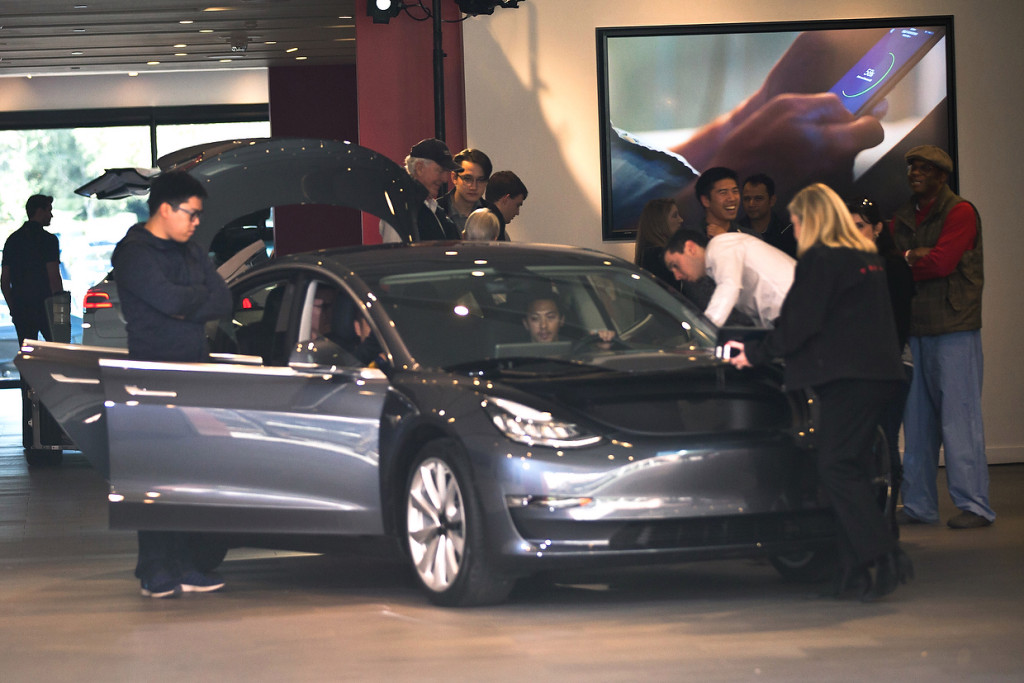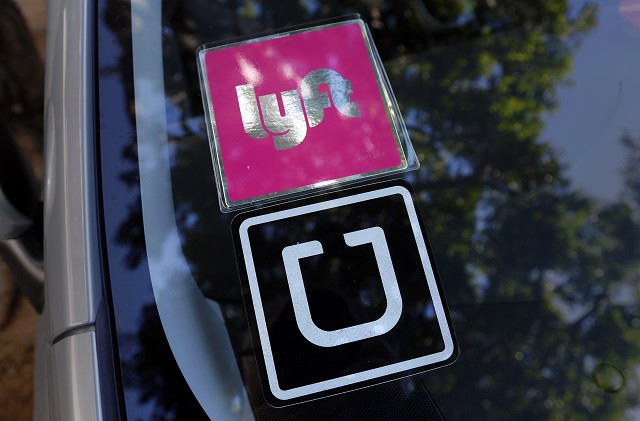In spite of Tesla CEO Elon Musk initially tweeting a link to a page advertising a new version of the Model 3 electric sedan for “$35,000 before incentives,” the car his company put up for sale Thursday is not the long-promised and purportedly revolutionary affordable-to-the-masses electric vehicle.
The link was soon changed to bring up a page advertising a $45,000 Model 3, which Tesla added would cost $35,000 in California for buyers who reap state and federal tax benefits if they take delivery by year’s end. The Palo Alto electric car maker’s website promises delivery of the $45,000 version in six to 10 weeks.
![]()
“Elon has the best of intentions,” said Kelley Blue Book executive analyst Rebecca Lindland. “He wants to fulfill the promise and the vision of a $35,000 Tesla. This isn’t it, though.”
The Model 3 represents Tesla’s grandest ambition — to make an affordable electric car that would revolutionize personal transportation. Many analysts believe the company’s survival is tied to the success of the lowest-cost Model 3. But versions of the car already in production have been plagued by manufacturing delays. In July, Tesla said it had finally reached a production rate of 5,000 Model 3s per week, after missing several previously set targets.
The $45,000 version announced this week is rear-wheel-drive and has a mid-range battery with an estimated range of 260 miles. The more expensive Model 3 with a long-range battery is estimated to travel 310 miles on a charge.
The Model 3 with a $35,000 base price will be the standard-battery version, and the battery is not yet in production. That version is estimated to be ready to deliver to customers in four to six months, with a range of 215 to 220 miles.
“That’s more than sufficient for most commutes,” Lindland said, adding that charging the vehicles can take hours, depending on where they’re plugged in.
Tesla’s four-to-six-months timeline for delivering the lowest-cost, $35,000 Model 3 seems achievable, but whether that car, and the $45,000 version announced Thursday, will propel Tesla to profitability remains an existential question for the company, Lindland said. The company posted a record $743 million loss in the second quarter of this year.
“If you’re selling a car at a loss, it doesn’t help no matter how many are purchased,” Lindland said.
Musk promised in an August shareholder letter that his firm would, in the second half of this year, reach a position of “sustained quarterly profits, absent a severe force majeure or economic downturn.”
Tesla has said nearly a half million pre-orders came in for the Model 3, but it’s unclear how many would-be buyers got fed up with delays or for other reasons backed out of the buying the vehicle they’d put a refundable $1,000 deposit on, Lindland said.
“I dropped out,” she said. “I asked for my deposit back.”
AllianceBernstein analyst Toni Sacconaghi, Jr. said in a research note Friday that he believed there was “pent-up demand” for a $35,000 Model 3. But Sacconaghi questioned whether the company should have promised a version of the car at that price, when a higher-priced cheapest Tesla would have been better for the firm’s financials.
“The car is years ahead of its peers, and likely would have generated huge demand along with a tremendous consumer following, even with a base sticker price of $40K or $45K,” Sacconaghi wrote. “A higher base price would have inevitably lessened the margin and cash flow challenges the company faces.”
Tesla said in a statement Friday that Model 3 production and sales were continuing to “grow rapidly,” with “a steady volume in manufacturing capacity, allowing us to diversify our product offering to even more customers.”
Musk on Thursday had also indicated that the long-range, rear-wheel-drive Model 3 will soon no longer be an option.
“Model 3 long range, rear wheel drive is still available for ordering off menu for another week or so,” Musk tweeted.










